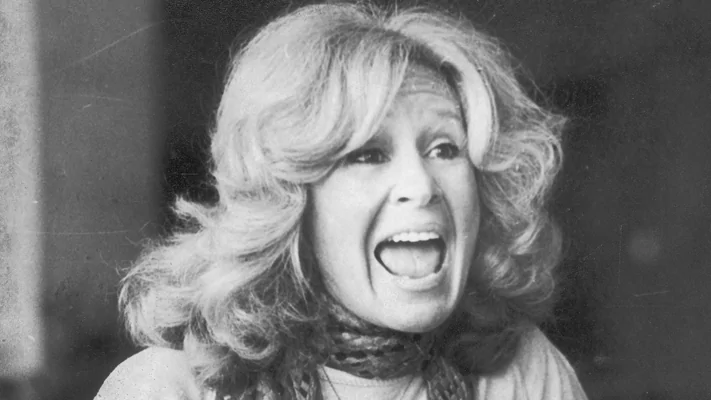
When the Harry Potter series was becoming popular in the early 2000s, an impassioned debate arose among parents and teachers as to whether it was good that so many children were spending so much time reading such fantastical stories. Some thought that becoming hooked at a young age on this kind of easily digestible fare would make it hard for them to develop tastes in more edifying literature in high school and college. Others, though, argued that it was good they were reading anything — and that once they were reading something, they could later grow into the kinds of readers who would explore all kinds of books and subjects.
J. K. Rowling wasn’t the first phenomenally successful young adult fiction writer to spark anxious debates about children’s reading habits. Before Harry Potter, and even before Goosebumps, there was Sweet Valley High, a hugely popular series that transformed, and, in some ways, created, the young adult book market and that left a lasting imprint on a generation of girls across the country. The creator of the series, Francine Pascal, died on July 28 in New York at 92.

Born in Manhattan as Francine Paula Rubin on May 13, 1932, and raised in Jamaica, Queens, Francine enjoyed comic books, fairy tales, and movies as a child. Creating stories of her own, in retrospect, appears to have been a natural result of her imaginative childhood interests — though she came to the career of young adult novelist through a kind of writerly backdoor. Her first writing jobs consisted mainly of freelance work for gossip magazines, but she was soon thereafter able to place pieces in more established outlets such as Cosmopolitan and Ladies’ Home Journal. Shortly after marrying the journalist John Pascal in 1964, Francine and her husband both landed jobs as writers for the daytime ABC soap opera The Young Marrieds. When the show’s producers demanded that they move to Los Angeles, rather than relocate to California, they quit the show and embarked on writing ventures of their own, such as a book based on John’s coverage of the Patty Hearst bank robbery trial and a book based on Francine’s brother Michael Stewart’s play about the theatrical pioneer George M. Cohan. (Stewart, a Tony-winning playwright who predeceased his sister by nearly 40 years, was the librettist of several Broadway hits, such as Bye Bye Birdie and Hello, Dolly!)
Pascal’s breakthrough did not come until she was in her 50s. While struggling to write a soap opera of her own, an editor friend of hers gave her an idea that was so simple, obvious, and easy to imagine, like one of the now-clichéd “Speed on a boat”-type pitches, that it was hard to believe it had never been done before: “Dallas for teens.” (Dallas was one of the era’s most popular soap operas.)
CLICK HERE TO READ MORE FROM THE WASHINGTON EXAMINER
Pascal took up the idea with gusto, quickly creating the basic template that would become the basis for the Sweet Valley High book series: two twin teenage girls who live in a Los Angeles suburb and who are contending with all the usual dilemmas of adolescence, from crushes to jealousies to peer pressure and petty rivalries. She wrote up the first treatment into a book, which she quickly sold to Bantam Books, now an imprint of Penguin Random House, which immediately ordered 12 more. Once it became clear to her that Bantam would keep wanting more and more Sweet Valley books at a rate she likely wouldn’t be able to churn out herself, Pascal hired a team of writers who were charged with producing the series’s books at a rate of roughly one per month, all based on Pascal’s detailed outlines and instructions. Since the publication of the first Sweet Valley book in 1983, the series — including its many spinoffs, which include Sweet Valley series set in middle school, junior high school, and college, and spinoffs of its spinoffs (and you thought only Marvel and Star Wars were good at franchising?) — has sold over 250 million copies worldwide.
When asked what she thought was the secret of Sweet Valley’s success, Pascal indicated that they could be thought of as a kind of modernized version of Jane Austen novels, but for young girls — books that helped them understand many of the basic problems and types of characters they were encountering in their everyday realities. But according to my sister, whose bookshelves were as filled with Sweet Valley books as mine were with Goosebumps, their appeal was much simpler: “They were great girly pre-teen stories.”
Daniel Ross Goodman is a Washington Examiner contributing writer and a postdoctoral fellow at Harvard Divinity School. His latest book, Soloveitchik’s Children: Irving Greenberg, David Hartman, Jonathan Sacks, and the Future of Jewish Theology in America, was published last summer by the University of Alabama Press.





